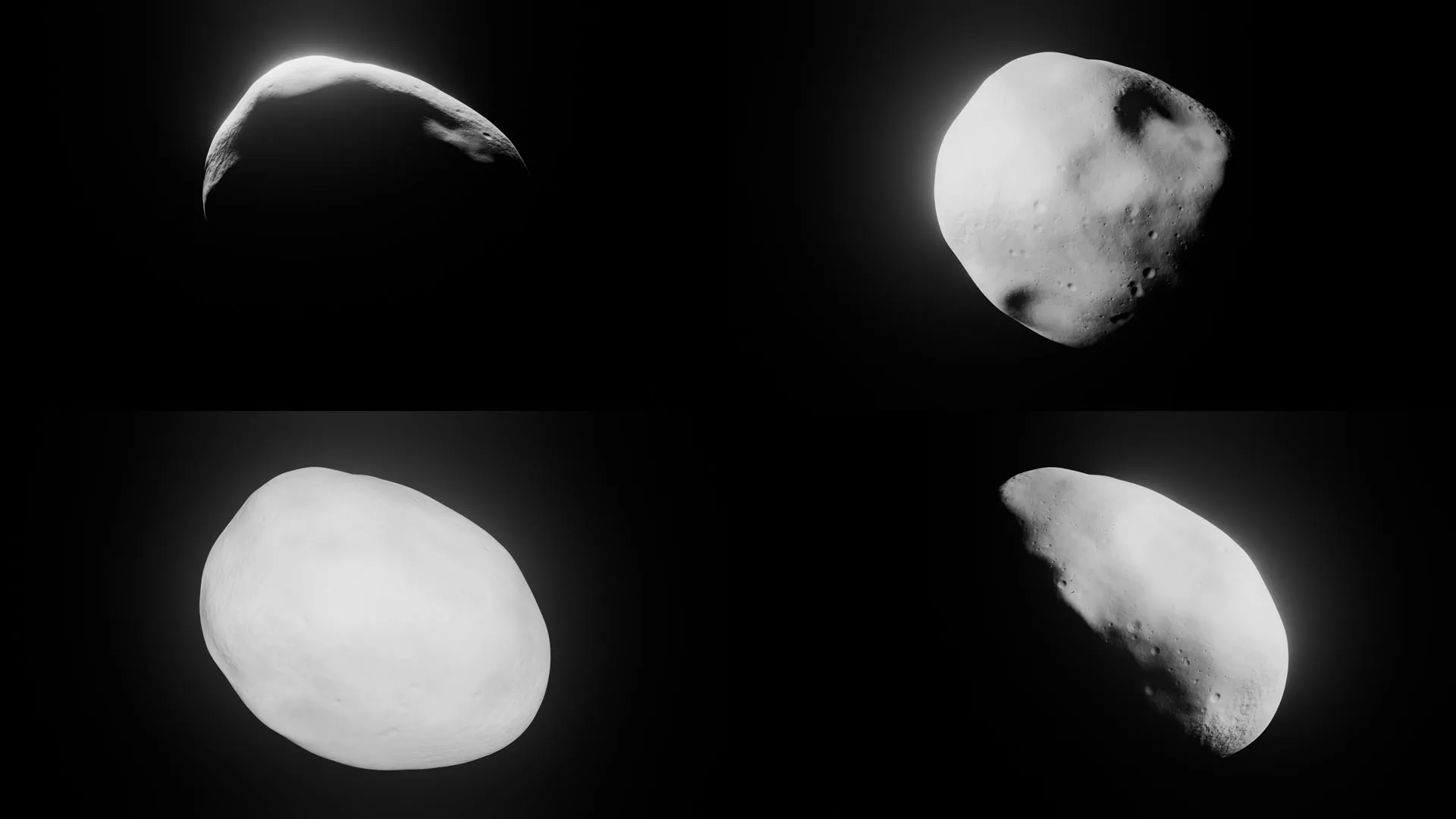PROTECT YOUR DNA WITH QUANTUM TECHNOLOGY
Orgo-Life the new way to the future Advertising by AdpathwayJune 23, 2025 | David F. Coppedge
A historic event occurred today:
a new wide-angle observatory,
expected to revolutionize astronomy,
opened its eyes for first light
How can any telescope follow the epic performances like Hubble and James Webb? Well, a new contender has stepped on stage: the Vera C. Rubin Observatory. Astronomers are excited, and we should be, too. This new instrument is poised to get a standing ovation. The first images were posted online today, June 23, 2025.
The Rubin observatory, named after Vera Rubin for her 50-year career probing the universe, is different. The big space telescopes were great at revealing very fine details in narrow fields of view. The Rubin observatory, sitting high on a remote mountaintop in Chile under dark skies, photographs the whole sky at high resolution every 3 to 4 nights. With that kind of coverage and frequency, astronomers will be able to monitor changes and discover new objects.
Note: The name is often shortened to “Rubin Observatory” but no acronym for it exists at this time. It is sometimes referred to as the LSST for its primary instrument, the “Legacy Survey of Space and Time” which is capable of producing time-lapse images of the sky.
This image combines 678 separate images taken by NSF–DOE Vera C. Rubin Observatory in just over seven hours of observing time. Combining many images in this way clearly reveals otherwise faint or invisible details, such as the clouds of gas and dust that comprise the Trifid nebula (top) and the Lagoon nebula, which are several thousand light-years away from Earth. Credit: NSF–DOE Vera C. Rubin Observatory
Read the excited reports about what has been revealed in the first images:
Vera C Rubin Observatory reveals 1st stunning images of the cosmos. Scientists are ‘beyond excited about what’s coming’ (Space.com, 23 June 2025). Reporter Robert tells about the functional parts of the observatory that will add another dimension to astronomical observation:
“The Vera C. Rubin Observatory will allow us to add depth and dynamism to the observation of the universe,” Roberto Ragazzoni, president of the National Institute for Astrophysics (INAF), said in a statement.
“With this 8-meter class telescope capable of continuously mapping the southern sky every three days, we enter the era of ‘astro-cinematography’, exploring a new dimension: that of time, with which we expect to study the cosmos with a new perspective, which is now possible thanks also to the use of new information technologies to process a mass of data that would otherwise be inscrutable.”
The Rubin Observatory found 2,104 asteroids in just a few days. It could soon find millions more (Space.com, 23 June 2025). The ability to locate near-earth objects (NEO) with the Rubin Observatory is already proving valuable.
“This is five times more than all the astronomers in the world discovered during the last 200 years since the discovery of the first asteroid,” Željko Ivezić, Deputy Director of Rubin’s Legacy Survey of Space and Time, said during the conference. “We can outdo two centuries of effort in just a couple of years.“
‘Staggering’ first images from Vera C. Rubin Observatory show 10 million galaxies — and billions more are on the way (Live Science, 23 June 2025). The Hubble and JWST cameras found thousands of galaxies in narrow spots of the sky as small as a grain of sand held at arms length. What can the Rubin Observatory find? Without question, it will multiply the count by many orders of magnitude. The tiny sample plots revealed by the space telescopes undoubtedly extend across the entire sky. While the Rubin Observatory can’t match the resolving power of the Hubble and JWST, and will be somewhat affected by dust and haze in earth’s atmosphere, its wide angle cameras will also see things never before observed or studied at this resolution.
First images from world’s largest digital camera leave astronomers in awe (Nature, 23 June 2025). The Rubin Observatory’s 32-megapixel camera is called the “largest in the world” in this article.
“Wow. You want to observe the grandeur of the Universe? This is the way to observe it!” says astronomer Robert Williams, former head of the Space Telescope Science Institute in Baltimore, Maryland.
Today, June 23, the imaging team released trial images taken in April. The first images are now available on the Vera C. Rubin Observatory website in a gallery titled, “First Look.” Here is a small copy of one of the new images.
Rubin’s first full image of the Virgo cluster shows a stunning variety of objects — from bright stars ranging from blue to red, to nearby blue spiral galaxies, to distant red galaxy groups — demonstrating the broad range of science made possible by Rubin data. (Image credit: RubinObs/NOIRLab/SLAC/NSF/DOE/AURA)
We encourage our readers to visit the gallery and be amazed. At CEH, we welcome raw data in science. Observations have a way of dispelling imaginations and hypotheses, and NASA raw data has always overthrown materialist assumptions: whether at Titan, Enceladus, all the planets, discoveries of exoplanets, and “early maturity” evidences by Hubble and JWST. And so we couldn’t let this historic Grand Opening pass by without joining in the celebrations and expressing our gratitude for the builders of this instrument, expecting great things from the Rubin Observatory in years ahead. Stay tuned; no matter where the LSST looks, creationists expect to be in awe, and find all the more reason to quote Psalm 19: “The heavens declare the glory of God.”
(Visited 1 times, 1 visits today)























 English (US) ·
English (US) ·  French (CA) ·
French (CA) ·